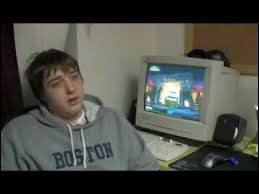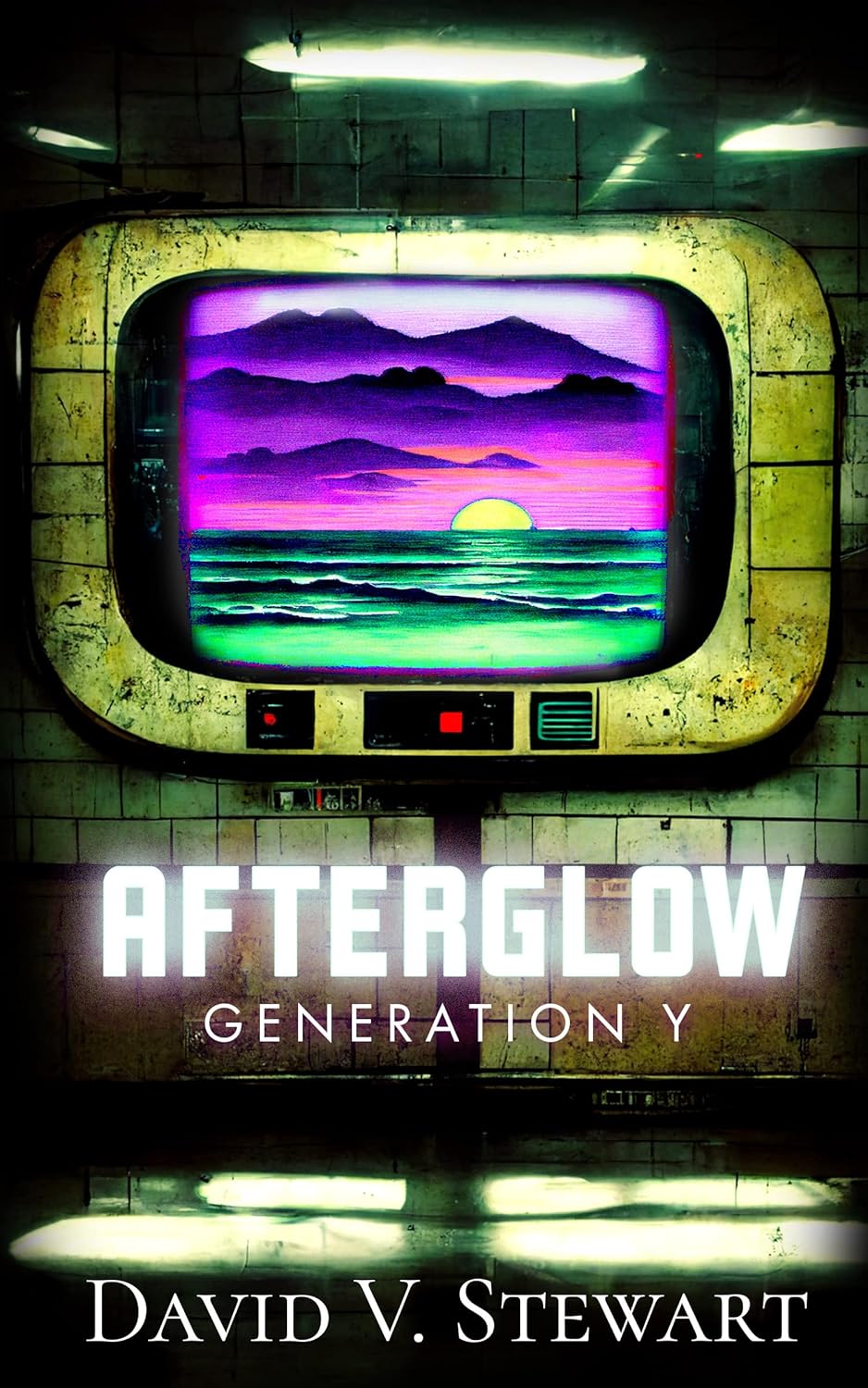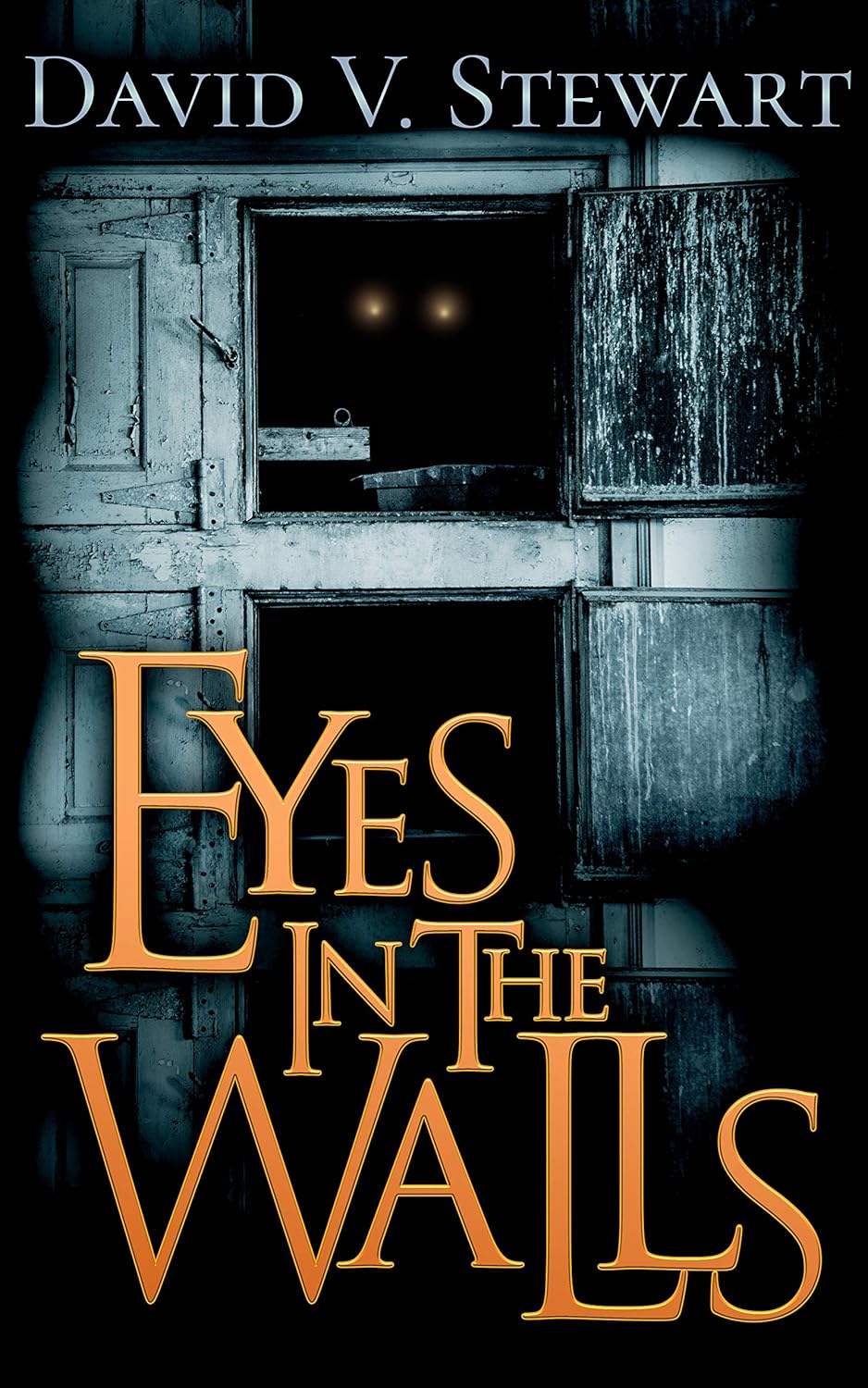In 2005, where the quality lies
For those of you who remember 2005:
Were you more or less entertained than you are now?
Were you more or less bored?
I was thinking about the past (as I often do), specifically about the state of entertainment in the mid-2000s. I’ve written a fair bit about the quality of media of yore, especially video games, which I believe peaked in 2007. Yes, they were better, and a trip into both the game and movie catalogs of 2005 will confirm this, but a large part of them being better involves who was experiencing these things and the context of their release.
We experienced things differently because we were different people in a different time, being young and in the middle of a large leap in entertainment technology, but I think there is another layer to this that is often unexplored, which is revealed by what we did not have at the time.
I’m talking about smartphones and everything that goes with them.
Smartphones are a wonderful invention in many ways. They provide a portable portal into the virtual world and the seemingly infinite entertainment that awaits, in addition to their more utilitarian functions like GPS, calls, and messages. We didn’t have them in 2005, and life was better… but it was also worse.
My thesis is thus:
We were bored far more often in 2005, but we were also much better entertained.
Phones fill in all the little gaps in the modern day. All the moments of boredom that pervaded the existence of the modern person in the early millennium now have an easy solution in a smartphone. Standing in line? Read some Twitter. Going to the bathroom? Watch some TikTok. Walking? Podcast. Just… wanting to fill the silence? Spotify. It’s hard for boredom to find its way past the infinite parade of small entertainments that our smartphones provide.
But we must ask ourselves whether this entertainment is better than what we experienced of yore. We are bored less often now, but our entertainment is vapid, shallow, and can even leave us feeling empty. The worst part is that short-form internet content has, I believe, trained us to be more attentive to our own boredom and less comfortable with anything that is not immediately stimulating.
Ever try watching a great movie and feel the impulse to check your phone?
We were far more bored in the pre-iPhone days, but those cracks of low energy allowed us to be more focused when we engaged in entertainment products and to be more receptive to deeper experiences. There is also the reality that Western society has squeezed out more of our free time, so that just in terms of scheduling, we have less opportunity to enjoy deeper experiences. Modern life is full of demands on our time that were less pressing 20 years ago. This includes social media, which trains all of us to be content-makers, not just people seeking entertainment.
So, in 2005, we were better able to engage with deep forms of art and entertainment, but we also had lives with more room for that depth.
You can find some vignettes of this in my book Afterglow: Generation Y. The experience of the kid wandering home alone from school to an empty house that is devoid of demands on him, including the demand to “finish” a video game that he could happily spend a few hours playing, is almost fantastically foreign in the 2020s. It’s not just adulthood that swept this feeling away, as I was able to experience it for years after the 1990s as a fully-fledged adult who worked multiple jobs. When I was done for the day in 2005, I could go home and feel zero pull to do anything besides play a video game or watch a movie (I had given up on television by 2005).
Thinking of 2005 also makes me think of World of Warcraft, and I can’t think of a product that better displays that change in entertainment and ourselves, since one can play both the classic (2004-2007) version and the modern “retail” versions of the game on a single subscription. The original game is much slower and far less flashy. The terrain is simple, the vegetation sparse. The monster and character models are decidedly low-poly. It takes time to get somewhere, and it takes time to kill things. You might have spent a lot of time auto-attacking or carefully choosing long-casting spells to manage a mana pool. You had to carry food, because you had to rest often. Getting to level 60 in 2005 was a big deal and was the culmination of a long journey.

The new version of the game is decidedly more stimulating. The graphics are bright and far more baroque. Combat now means pressing a button every 1.5 seconds or even much faster. You feel powerful as you effortlessly mow down mobs and fly from point to point on the map or hop instantly into an automated group that transports you to a dungeon so you can, in just a few minutes, grab some gear and experience. That intense experience, however, is ultimately much shallower. Getting level cap is just the beginning of an endless grind through raids, where required mods blast and flash to tell you how to deal with a stream of punishing “mechanics.” There is no arrival point. There is no opportunity to sit and enjoy the well-drawn scenery, or to take in the NPC banter, as one must maximize everything to compete, and the game begs you to do so. The World of Warcraft hasn’t felt like a “world” in more than a decade.
It might be depressing, but we must remember that modern games are designed with modern people in mind. You’re competing with a smartphone. 2005 WoW was competing with doing the dishes.
This extends to other games. A slow-burn experience is rare, though they are out there. We haven’t lost the ability to create them at all. Rather, there is less confidence in them from the companies that produce games, and I think less opportunity to enjoy them. The main reason I stopped playing Blizzard’s Classic WoW was time. I needed to spend my time on my art and on my children. Having two hours to raid several times per week was just a non-starter, and that is what would have been required for me to fully enjoy the deep experience of classic. But others got to enjoy it, and that made me happy. My life abounds with other kinds of deep experiences.
But I am not immune to the temptation to “fill in the cracks” with little bits of entertainment. I have to work to find ways to work in the margins and be productive rather than waste my day in 30-second increments. I am also working on ways to find more depth by shutting out distractions for longer periods. One of the reasons the PS2 generation was so good, besides the games, was that consoles were a distraction-free experience. We can all have that again by budgeting our time; however, we must also find ways to be those sorts of people again—people who are able to shut off the world for an hour or two and really enjoy something.
I am an independent artist and musician. You can get my books by joining my Patreon, and you can listen to my current music on YouTube or buy my albums at BandCamp.








This is so true, great post about how slow life was pre-social media and smart phones!
Both better and worse.
This kind of thoughts hit you like a truck if you turn on a PS2 and play a game from that era nowadays. Entertainment was a refreshing experience to be lived at your own pace. Today most of it must follow the needs of an audience that is essentialy addicted to smartphones.